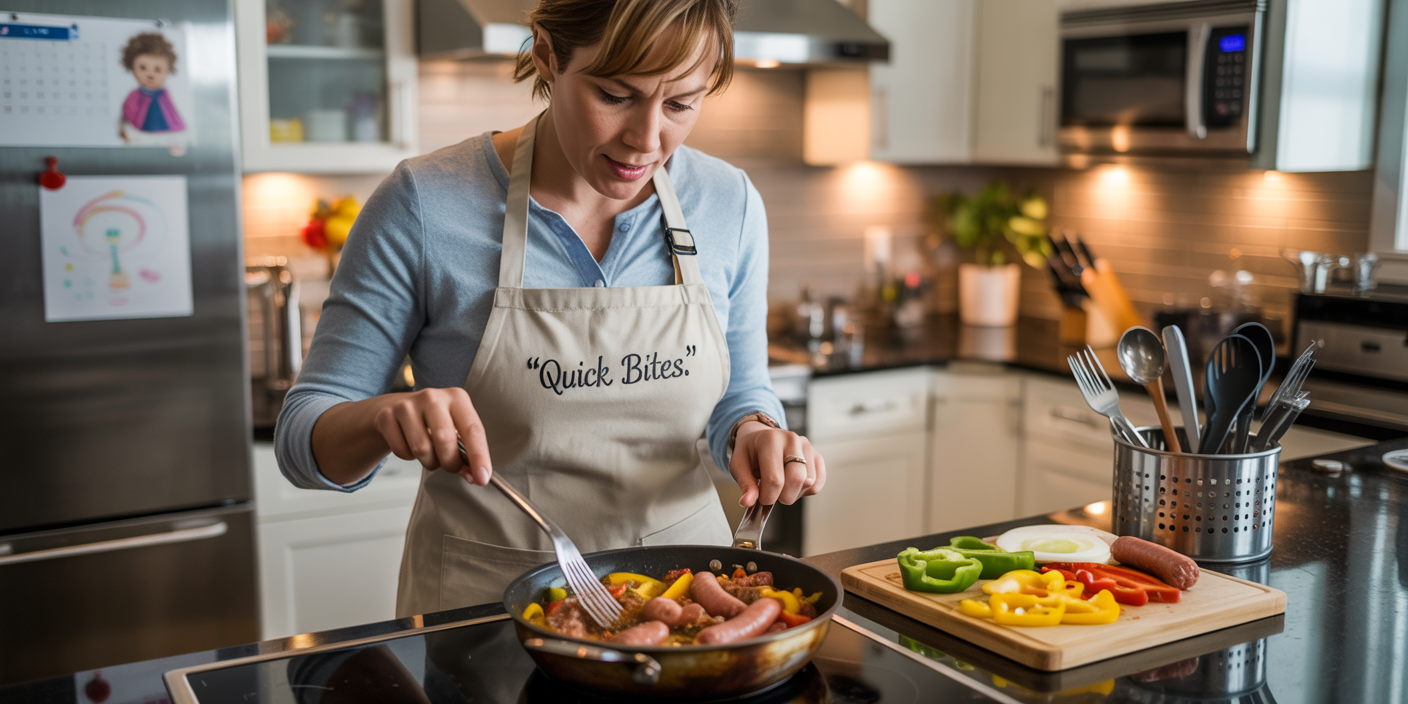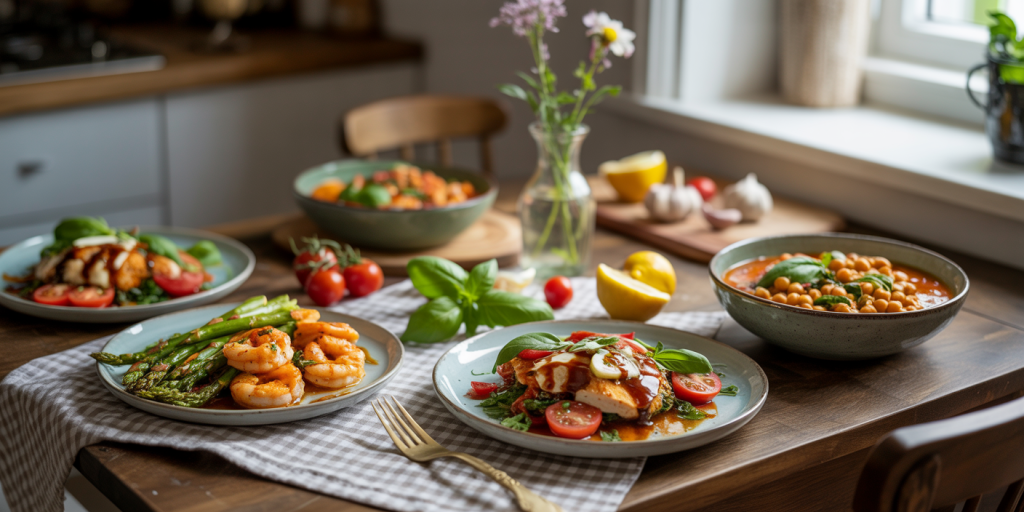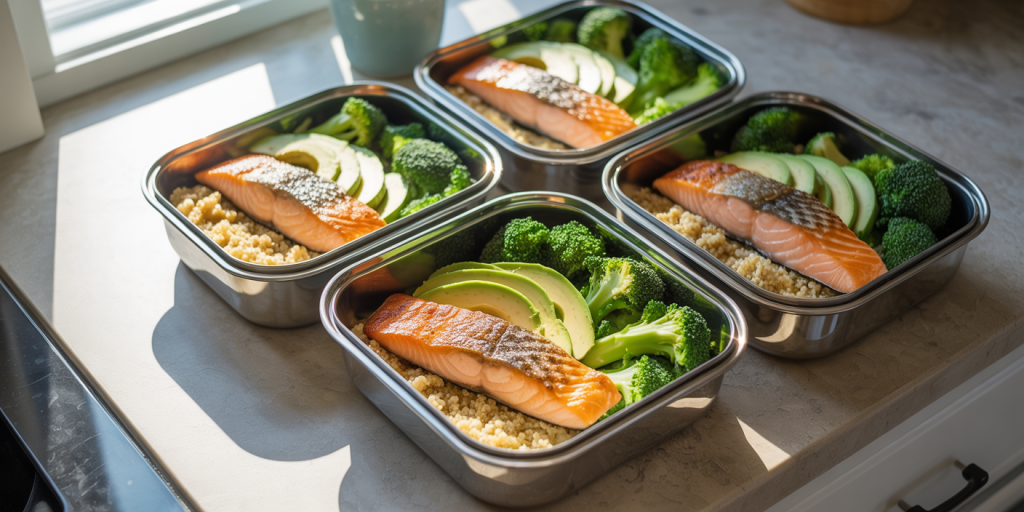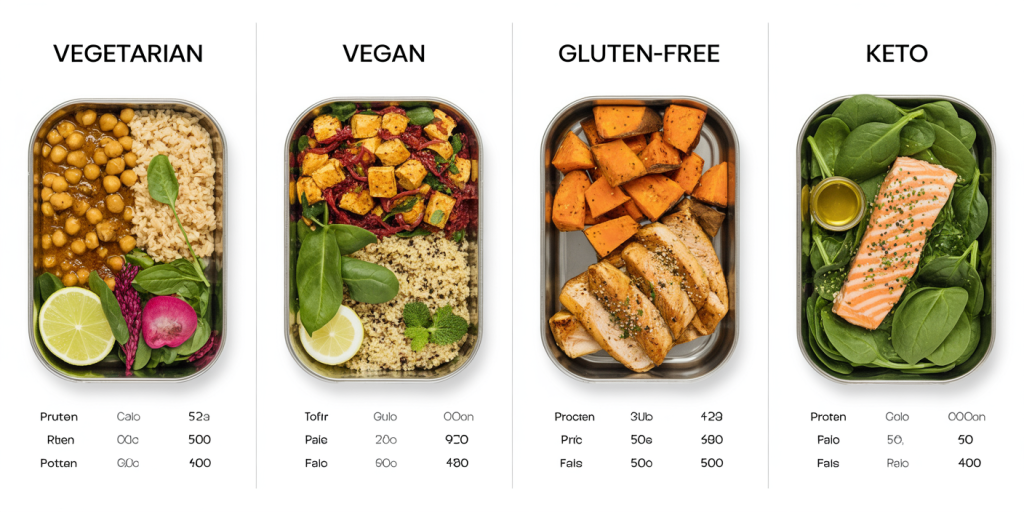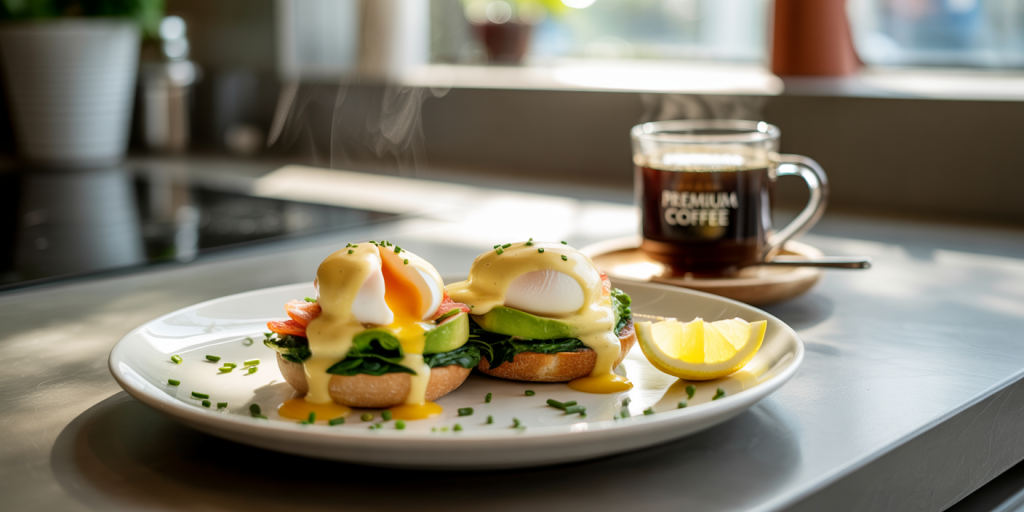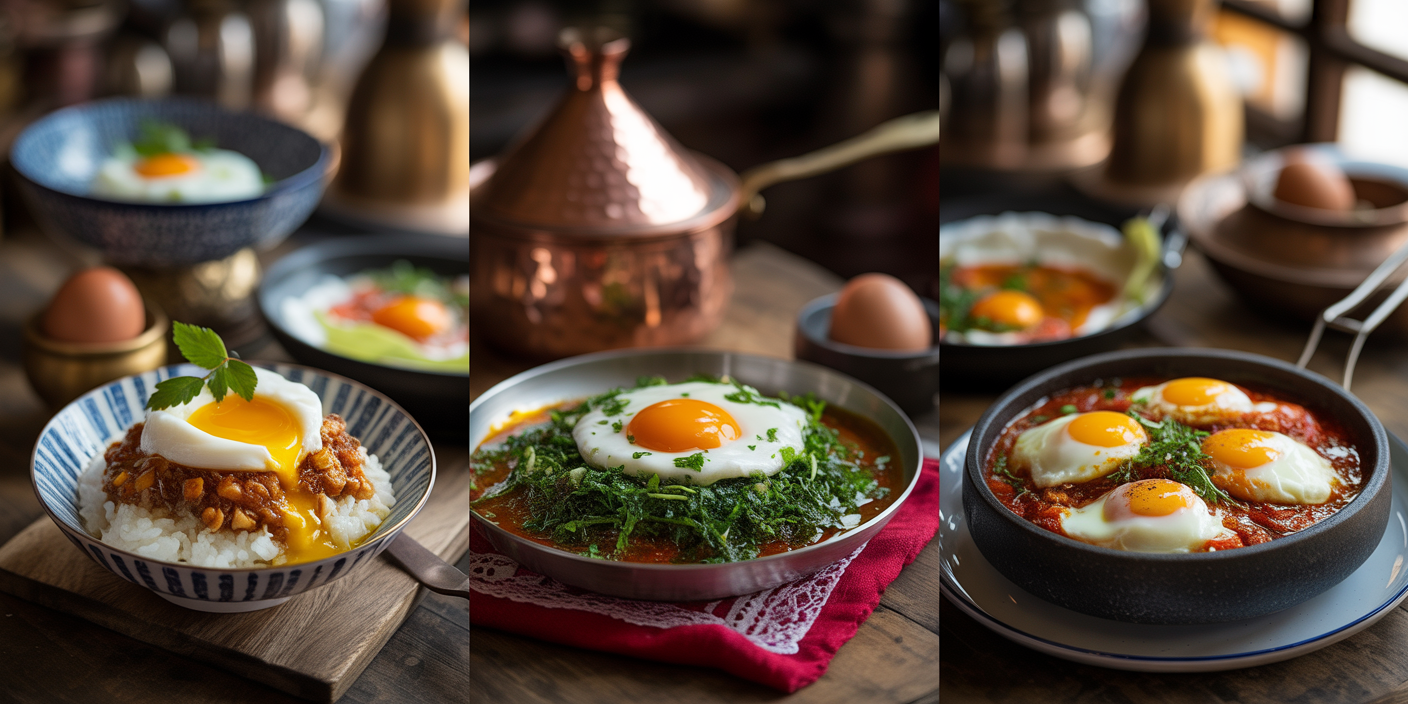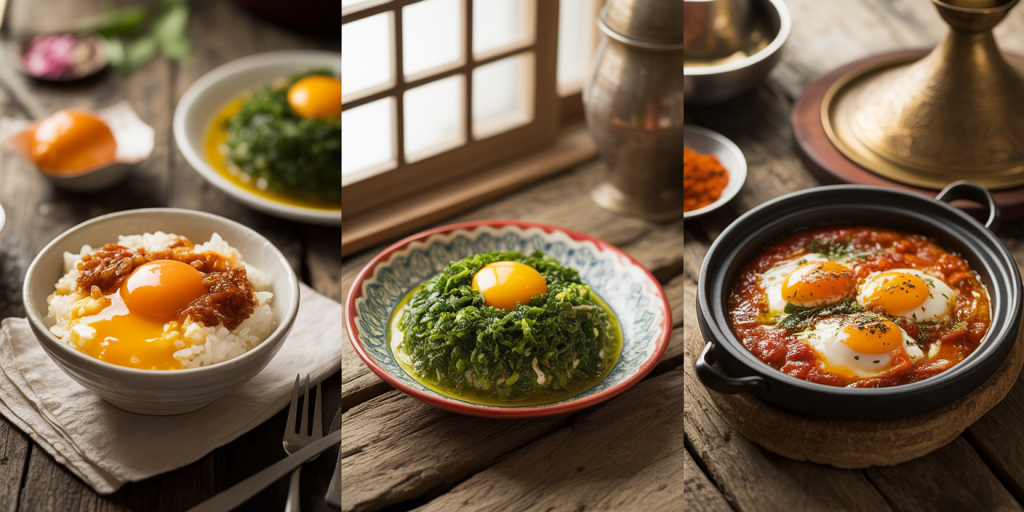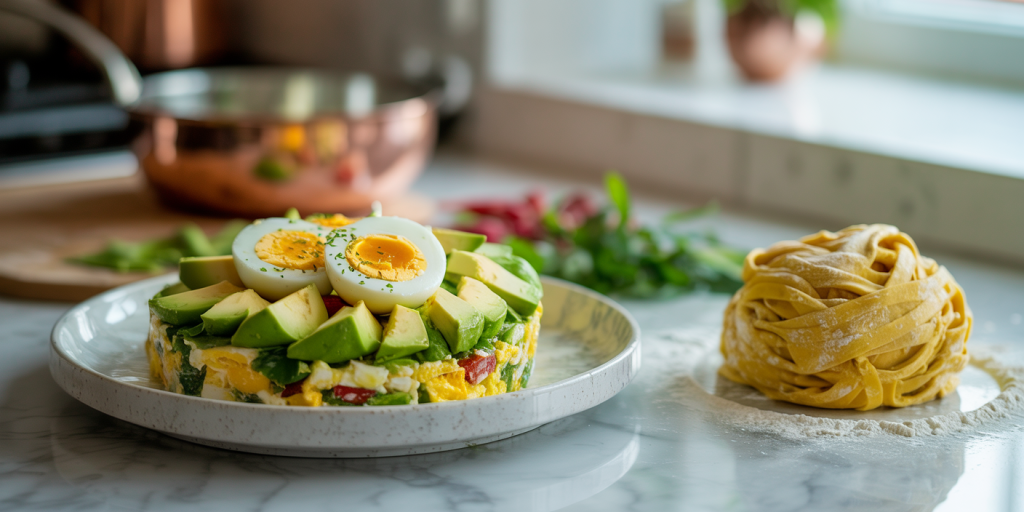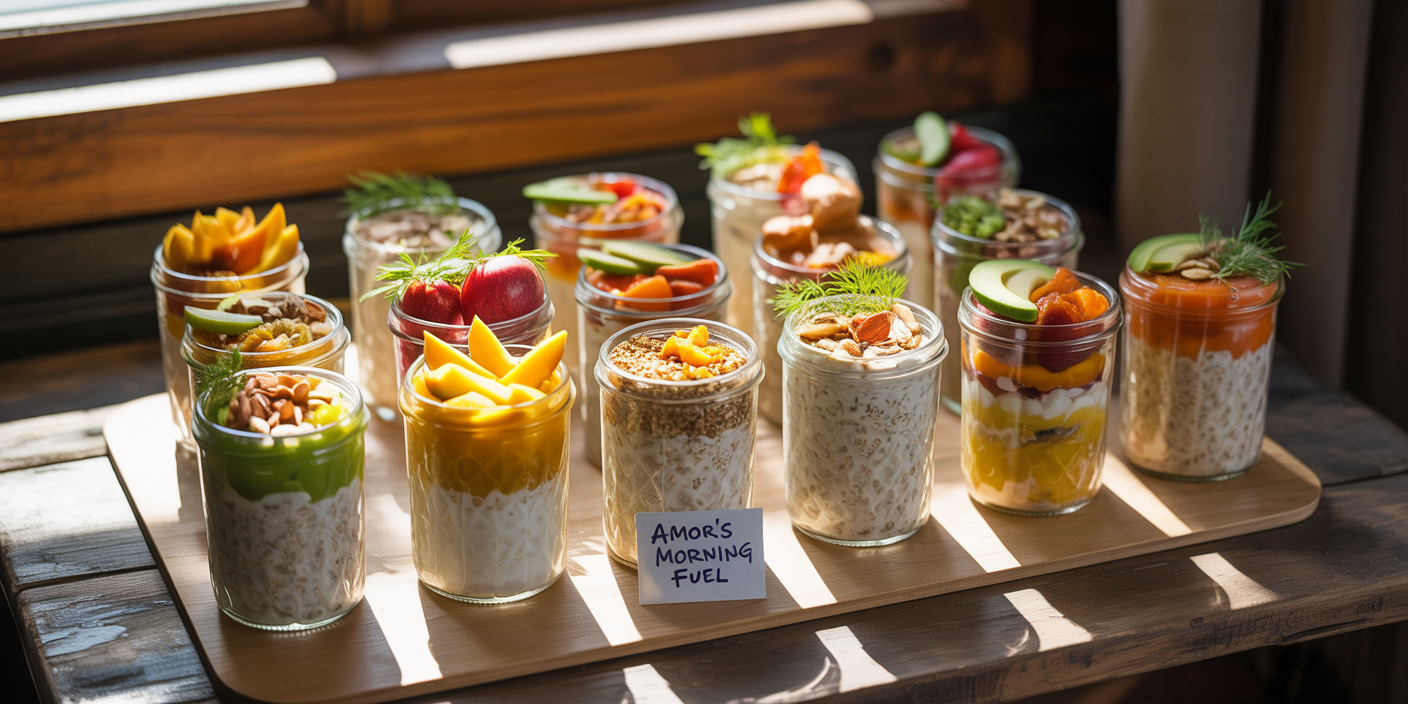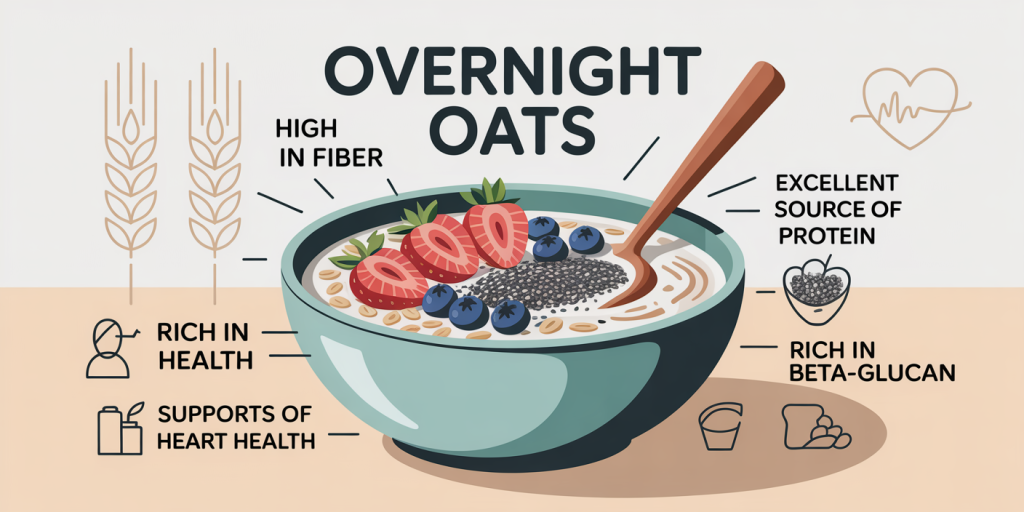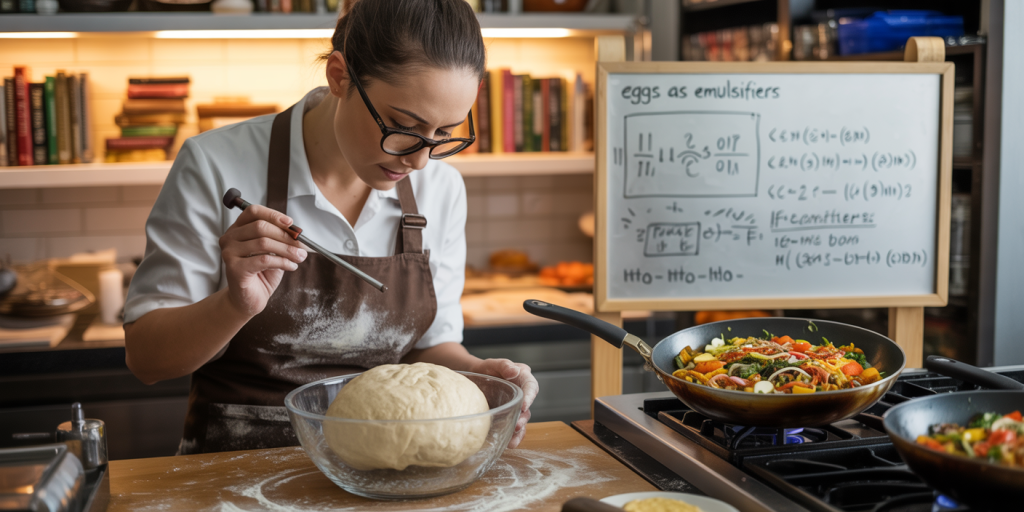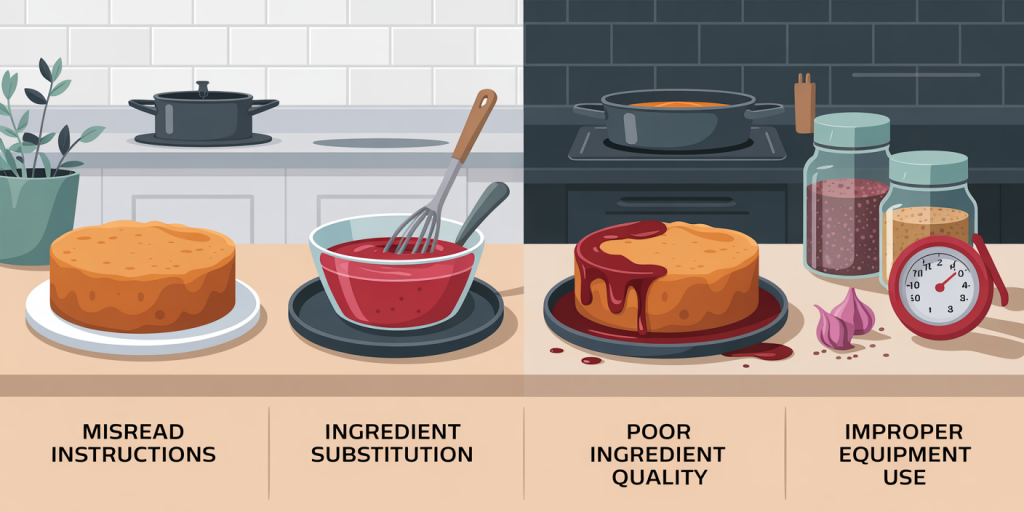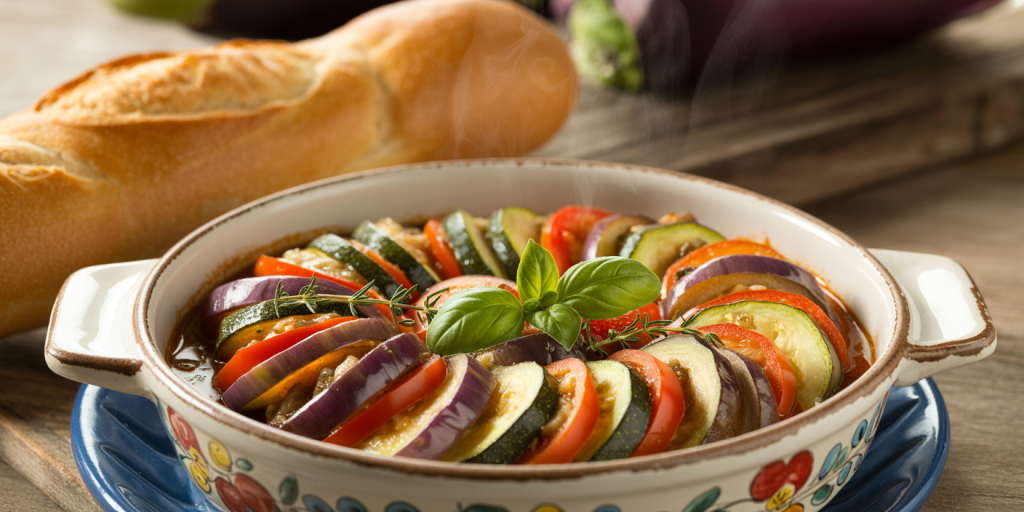In today’s fast-paced world, one-dish meals have emerged as a solution to the perennial challenge of balancing taste, nutrition, and convenience. These meals are designed to offer complete nourishment in a single serving vessel, eliminating the need for multiple pots, pans, or side dishes. Whether it’s a hectic workday, a family dinner, or a casual weekend lunch, one-dish meals can fulfill the appetite and nutritional needs while saving time on preparation and cleanup.
Statistically, Americans spend an average of 37 minutes per meal, including preparation and eating time (USDA, 2023). This limited window makes one-dish meals appealing because they provide a wholesome eating experience without requiring extensive cooking skills or lengthy preparation. Moreover, modern dietary patterns emphasize balanced nutrient intake—proteins, carbohydrates, fats, fibers, and micronutrients—in every meal. One-dish recipes often combine these elements, making them a hotspot for both practicality and health.
The Versatility of One-Dish Meals: Culinary Examples from Around the World
One of the most compelling advantages of one-dish meals is their adaptability across cuisines and dietary preferences. Classic examples such as the Spanish paella, Indian biryani, and Italian risotto incorporate protein, carbohydrates, and vegetables in a single dish, showcasing the concept’s culinary versatility. These meals are not only culturally rich but inherently satisfying due to their complex flavors developed through combined cooking methods.

For example, a chicken and vegetable stir-fry over rice can be prepared in under 30 minutes, providing a balanced amalgamation of macronutrients and antioxidants from fresh vegetables. Meanwhile, dishes like the Japanese donburi bowl deliver a filling meal with rice, meat or fish, and pickled or fresh vegetables, making them suitable for health-conscious consumers who appreciate minimalistic but nutrient-dense meals.
In Western cuisine, casseroles and skillet meals serve similar purposes. The quintessential shepherd’s pie, layered with minced meat and mashed potatoes, is a hearty, nutrient-packed dish suited for colder climates. A study published in the Journal of Culinary Science & Technology (2021) shows that one-pot meals like casseroles promote better nutrient retention due to shorter cooking times and reduced exposure to oxygen.
Nutritional Balance in One-Dish Meals: Practical Insights
Nutritional adequacy is a critical factor when choosing convenience foods, and one-dish meals can offer considerable benefits if properly composed. Typically, these dishes blend protein sources, complex carbohydrates, healthy fats, and fiber-rich vegetables. For instance, a quinoa salad bowl with grilled chicken, avocado, and mixed greens contains essential amino acids, monounsaturated fats, dietary fiber, and a range of vitamins.
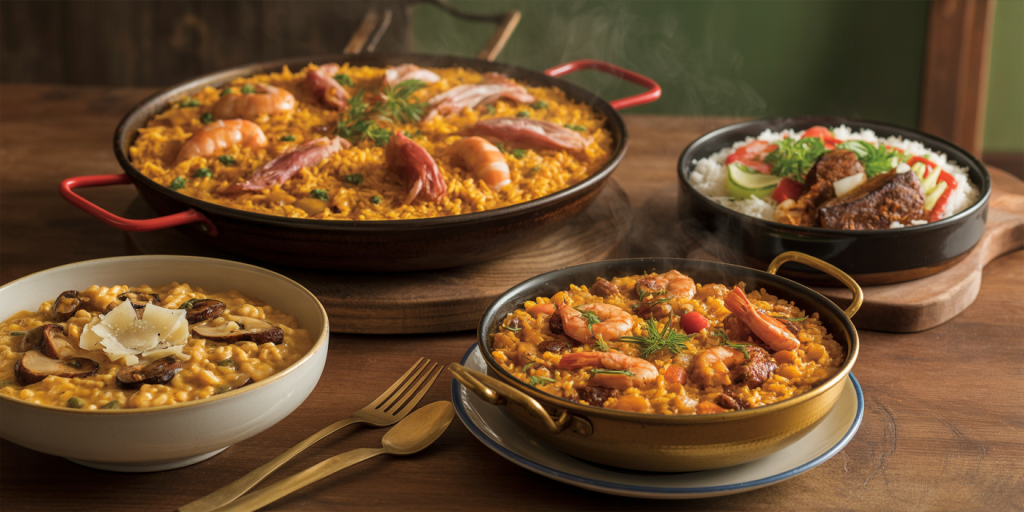
Research from Harvard T.H. Chan School of Public Health (2022) emphasizes the importance of meal composition on satiety and metabolic health. Meals containing a balance of macronutrients lead to better blood sugar regulation and longer-lasting fullness. One-dish meals inherently encourage this balance, as ingredients are cooked and combined simultaneously, offering a diverse nutrient matrix that is often missed in multi-dish meals.
Furthermore, one-dish meals present a unique opportunity to control portions and reduce food waste. A practical example is the use of lentil stews in vegetarian diets. Lentils provide plant-based protein and fiber, and when combined with carrots, potatoes, and spices, the dish becomes nutritionally complete. The single-pot method minimizes leftover vegetables and reduces the need for separate sides.
Time Efficiency and Environmental Impact
The environmental footprint of cooking and meal preparation continues to garner attention globally. One-dish meals shine in this respect due to their efficiency in resource usage. Fewer cooking utensils and less energy consumption translate to a greener cooking experience. According to the National Renewable Energy Laboratory (2023), cooking with one pot can reduce appliance energy consumption by up to 30% compared to separate cooking of multiple dishes.
From a time-efficiency standpoint, one-dish meals enable users to multitask or enjoy meals with family without being tethered to the kitchen. For example, a slow-cooker chili that cooks while you work offers the dual benefit of minimal active cooking time and deep flavor development. Or, consider a one-pan vegetable and fish bake: less preparation and immediate cleanup mean more time for other activities.
Below is a comparative table highlighting time and energy savings for different meal preparation methods:
| Meal Type | Average Prep Time | Cooking Time | Energy Consumption* | Cleanup Complexity |
|---|---|---|---|---|
| Multi-dish Meal | 45 minutes | 60 minutes | 100% | High |
| One-Dish Meal | 20 minutes | 40 minutes | 70% | Low |
| Slow Cooker One-Pot | 15 minutes | 6-8 hours | 50% | Low |
*Energy consumption percentages are relative to multi-dish meal baseline.
Popular One-Dish Meal Categories and Their Appeal
Several categories of one-dish meals have become staples both in home kitchens and restaurants. Soups, casseroles, grain bowls, and sheet pan meals each provide unique advantages, directions, and nutritional profiles. Understanding these categories can assist cooks and consumers in selecting options that align with their culinary preferences and dietary goals.
Soups such as minestrone or chicken vegetable soup integrate lean proteins, legumes, and a rainbow of vegetables in an easily digestible liquid format. These are especially appealing during cold seasons or for those requiring calming and hydrating meals. Casseroles, on the other hand, rely on baked combinations of proteins, starches, and cheeses or sauces to deliver comfort food with a homely appeal.
Grain bowls represent one of the fastest-growing meal trends, particularly in the health food arena. According to a recent survey by the Food Marketing Institute (2023), grain bowl consumption increased by 25% in the last two years, prioritizing quick but nutrient-rich meals. They often include quinoa, rice, or barley as a base, topped with proteins such as tofu, grilled chicken, or fish, complemented by fresh vegetables and dressings.
Sheet pan meals, which involve roasting protein and vegetables together on a baking tray, marry flavor and simplicity. Their balanced composition and minimal effort result in a satisfying dinner that is easy to customize, making them a popular choice for busy households.
Case Study: How One-Dish Meals Transformed Meal Prep for a Busy Family
Consider the example of the Thompson family, who faced consistent challenges in managing after-school dinners due to the parents’ demanding work schedules. Prior to integrating one-dish meals, their meal preparation often meant juggling multiple side dishes along with main entrees, leading to stress and food wastage.
By adopting one-dish meals such as baked pasta casseroles with vegetables and lean meats, and beef and vegetable stir-fry bowls, the family reported a 40% reduction in meal preparation time and a significant decrease in leftover waste. The children enjoyed the variety, while the adults appreciated the convenient nutrition and ease of cleanup. A weekly survey of their satisfaction indicated higher meal enjoyment and reduced kitchen stress.
This real-life example underscores the practical benefits of one-dish meals beyond just cooking—they promote family bonding, budget management, and reduce environmental impacts at home.
Future Perspectives: Innovations Shaping the One-Dish Meal Landscape
The future of one-dish meals lies in combining tradition with innovation to meet evolving consumer needs. Advances in food technology—including meal kits, smart cookware, and personalized nutrition apps—are expected to enhance the creation and consumption of satisfying one-dish meals.

Meal kit services like Blue Apron and HelloFresh have popularized easy-to-assemble one-dish meals by providing pre-portioned ingredients with step-by-step instructions. A report by Research and Markets (2024) forecasts the meal kit industry to grow at a CAGR of 13% over the next five years, driven by demand for convenient, healthy meals in one package.
Smart kitchen devices, from programmable multicookers to adaptive ovens, automatically adjust cooking times and methods based on the recipe. These advancements minimize human error and streamline meal preparation, supporting the popularity of one-dish meals in technologically savvy households.
On the nutritional front, personalized meal planning platforms are integrating AI to tailor one-dish meal recommendations based on individual dietary needs, preferences, and health goals. This intersection of data analytics and food science holds promise for improving diet quality while maintaining convenience.
Finally, sustainability considerations will continue to guide one-dish meal development, emphasizing locally sourced ingredients, plant-based proteins, and eco-friendly packaging, aligning with global efforts to reduce food system impacts.
—
One-dish meals stand at the crossroads of taste, convenience, and nutritional science. Their rise in popularity reflects a cultural shift toward more efficient, healthful, and environmentally conscious eating habits. As these meals continue to evolve with technological and culinary innovations, they will undoubtedly play a crucial role in shaping the future of food consumption worldwide.

